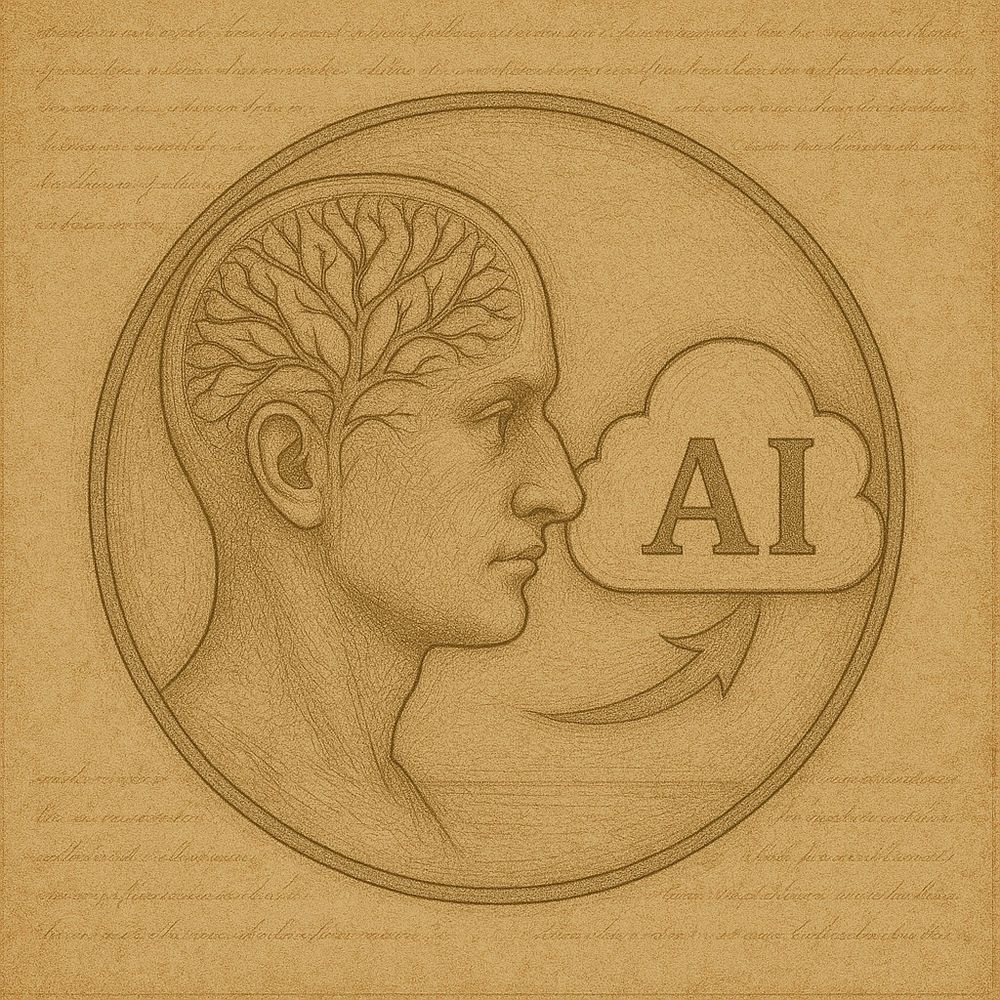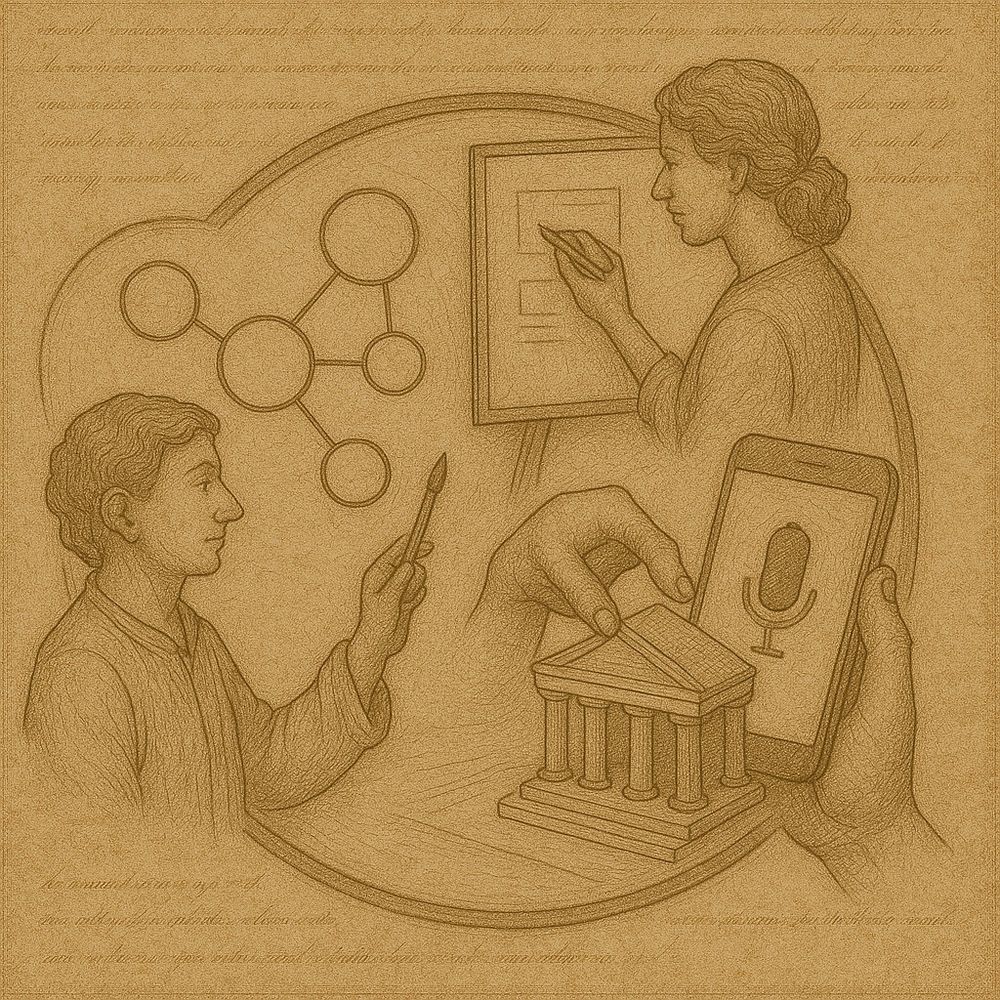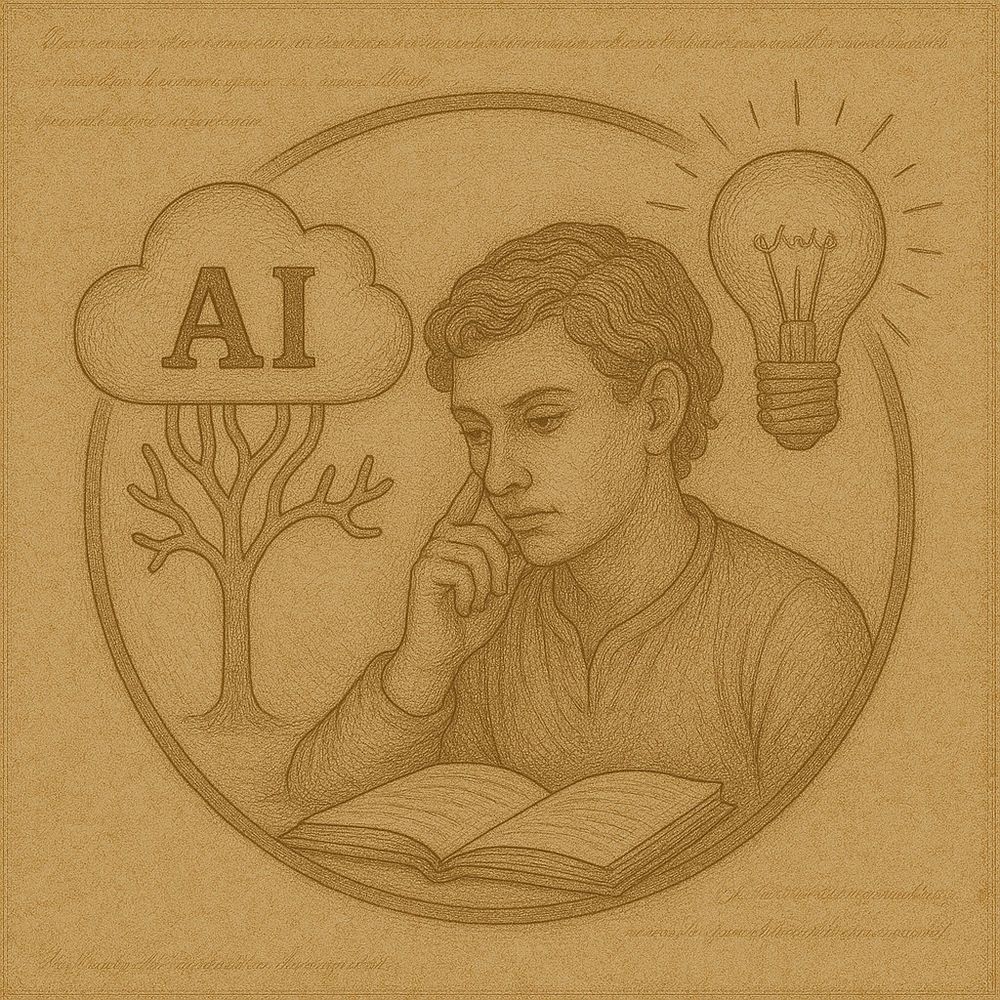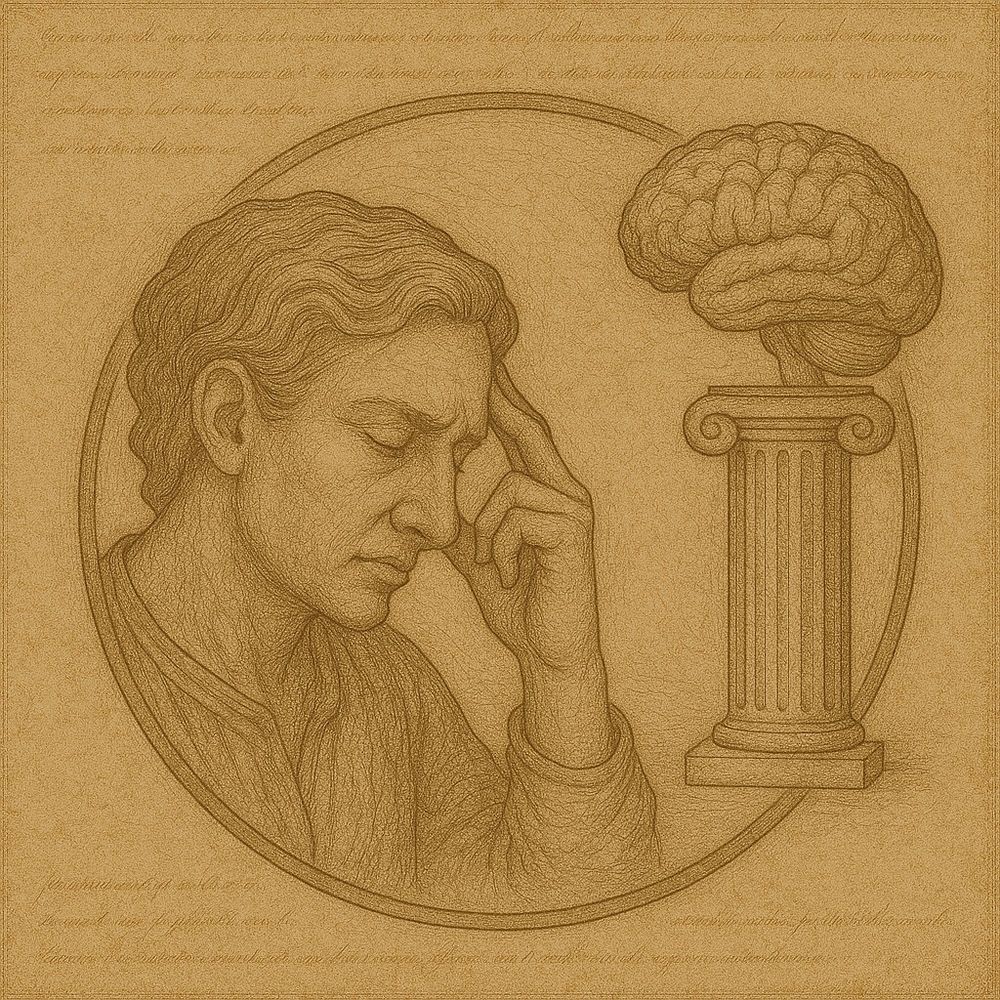- The Reflective Practitioner was written for industries like education and health, where tired minds must make critical decisions often in live time. Reading with a "teachers lens", here are some comparative notes... #aiineducation pmc.ncbi.nlm.nih.gov/articles/PMC....
May 13, 2025 03:24
- 2. extended mind theory Extend thinking—graphic organizers, whiteboards, voice-to-text tools—so that learners can see, manipulate, and build on ideas. Reflect on where you—and your students—are too quick to hand off thinking. Use AI tools to augment inquiry rather than replace it. #aiineducation
- 3. scaffold learner autonomy and metacognition, gradual release Introduce AI support as a temporary scaffold—teach students to formulate questions, summarize responses, then strip away the AI “crutch” so they practice recall and synthesis. Journal, how and why to use #ai.
- 4. embed reflection in action cycles examine: • reliance on #AI for lesson planning and administrative tasks—are you atrophying your professional “muscles” of memory and critical thinking? • students’ dependence on AI—do they ask the chatbot to solve problems or to outline their own thinking?
- 5. Design Constructivist AI-Rich Learning Experiences Real-world scenarios, students gather data, propose hypotheses, check AI suggestions, then refine their own models. AI as a “third voice” in small-group discussions. Step away, dramatization, art, or physical model. #artificialintelligence




